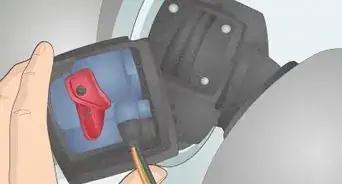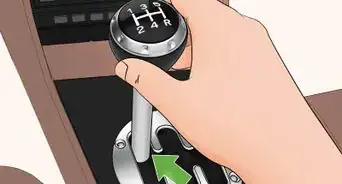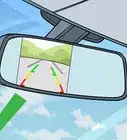This article was co-authored by wikiHow staff writer, Hannah Madden. Hannah Madden is a writer, editor, and artist currently living in Portland, Oregon. In 2018, she graduated from Portland State University with a B.S. in Environmental Studies. Hannah enjoys writing articles about conservation, sustainability, and eco-friendly products. When she isn’t writing, you can find Hannah working on hand embroidery projects and listening to music.
There are 9 references cited in this article, which can be found at the bottom of the page.
This article has been viewed 11,951 times.
Learn more...
Want to rev your engine like the racecar drivers do? Gunning your engine is a fun way to show off just how powerful your car is. Whether you want to rev your engine while parked or rev it while you’re driving, we’ve got you covered. Keep reading to learn how to gun it in your manual or automatic car.
Things You Should Know
- To rev your engine without moving, turn on your car and put it in park or neutral, then press on the gas.
- If you’re revving while in neutral, engage the e-brake so your car doesn’t roll forward or backward.
- To rev your engine while driving, shift into neutral and press the gas while your car coasts. Then, shift back into drive or the correct gear.
Steps
Revving While in Park
-
1Turn on the car and wait 20 to 30 seconds. Give the engine just a little bit of time to warm up. Revving your engine too early could stress your car, so it’s important to wait about half a minute before you start.[1]
-
2Keep the car in park or put it in neutral with the e-brake on. The choice is yours—if your car is on flat ground and you feel like you won’t roll forward or backward, go ahead and shift into neutral! But, if you’re on a slope or a hill, keep your car in park so it doesn’t accidentally move.[2]
- Always check that you’re either in park or neutral before revving the engine. If you accidentally shift into drive or reverse, you could cause a serious accident.
- If you do put your car in neutral, engage your e-brake. That way, you have a much lower chance of rolling forward or backward.
Advertisement -
3Press on the gas to rev the engine. There’s only one thing left to do: press on the accelerator. Since your car is in park or neutral, it can’t go anywhere, but you’ll hear the satisfying sound of a revving engine.[3]
-
4Stop pressing on the gas if the RPM nears the red line. Keep an eye on your tachometer, which tracks your car’s revolutions per minute (RPM). If the dial gets anywhere near the red line, take your foot off the gas.[4]
- Pushing your RPMs too high could “redline” your car, meaning you’re stressing your engine out for a long period of time. Too much stress on your engine could cause your car to stop working, and you may have to do damage control if you redline your vehicle.
Revving While Driving
-
1Start driving your car like you normally would. When you’re first practicing revving your engine while driving, start slow. Head somewhere where there isn’t a ton of traffic so you can shift gears quickly without worrying.[5]
-
2Press the clutch if you’re driving a manual. To rev your engine in a manual, simply press on the clutch like you’re going to shift gears. Keep the clutch pushed in the whole time.[6]
-
3Shift into neutral. If you’re driving a manual, push on the clutch and then shift into neutral. If you’re driving an automatic, simply use the gear shift to shift down to neutral. Keep in mind that your car will be coasting at this point, so pressing on the gas won’t make it go faster.[7]
-
4Push on the gas to rev the engine. Since your clutch is down or your car is in neutral, pressing on the gas won’t make your car go faster. Instead, you’ll hear the engine revving loudly as you push down on the gas.[10]
- Keep an eye on your tachometer as you rev the engine. If the needle gets anywhere close to the red line, stop revving right away.
-
5Shift back into drive or your normal gear to start driving again. Once you’ve had fun revving your engine, either use your clutch to shift back into gear in a manual, or press the brake and shift into drive in an automatic. Now you can keep driving like normal.[11]
Warnings
- Revving your engine too often can stress the gears and cause more wear and tear than normal.[12]⧼thumbs_response⧽
References
- ↑ https://www.youtube.com/watch?v=lyk-1PI-vsE&t=20s
- ↑ https://www.youtube.com/watch?v=lyk-1PI-vsE&t=62s
- ↑ https://yourmotorfix.com/is-it-bad-to-rev-an-engine-in-neutral-or-park/
- ↑ https://practicalmotoring.com.au/car-advice/is-it-bad-to-redline-your-engine/
- ↑ https://www.youtube.com/watch?v=SynVWg_doXU&t=60s
- ↑ https://www.youtube.com/watch?v=-LqT7cTyjmQ&t=59s
- ↑ https://www.youtube.com/watch?v=-LqT7cTyjmQ&t=59s
- ↑ https://rxmechanic.com/how-to-rev-an-engine/
- ↑ https://www.popularmechanics.com/cars/how-to/a7890/if-you-shift-an-automatic-while-driving-will-you-damage-your-engine-11413677/

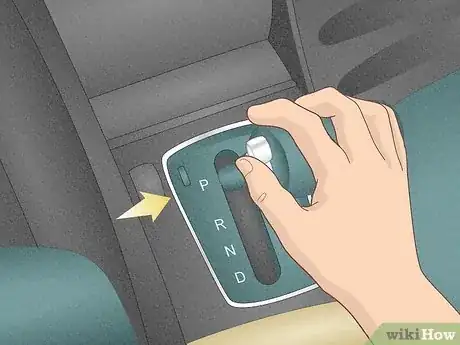
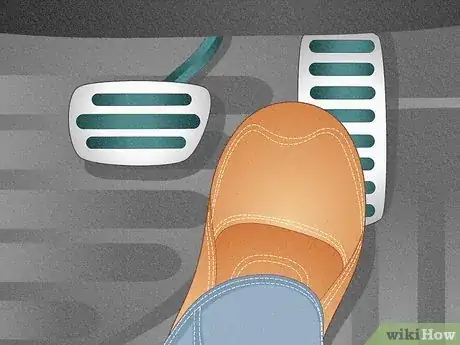

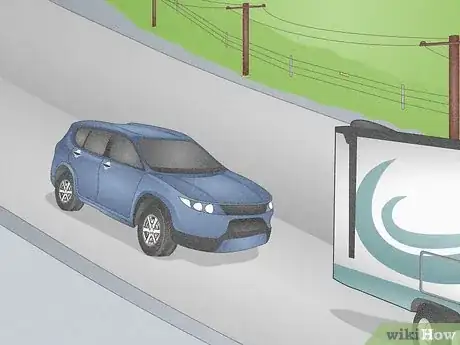
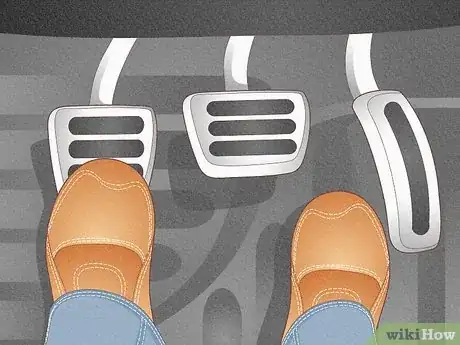



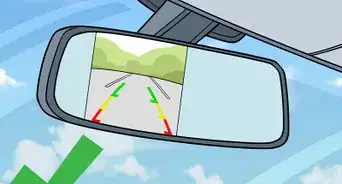


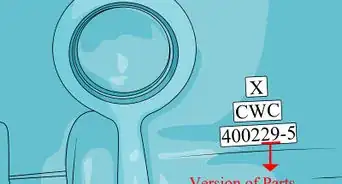


-Beetle-Step-5-Version-3.webp)

